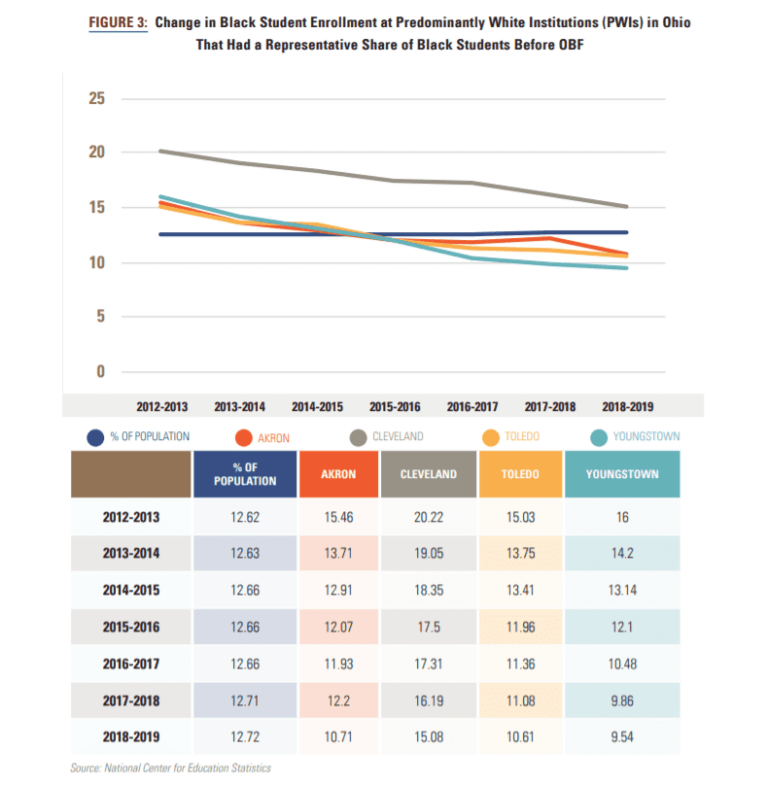Student activists have long fought for campuses and communities that are safe, diverse, and inclusive. Some institutions of higher education have responded to their call. At the same time, 26 states, as of June 2021, have introduced legislation or taken other steps to prohibit the teaching of critical race theory in K-12 schools or prevent teachers from meaningfully engaging their students on race, racism, and how young people can pursue justice. These actions, which happened in the wake of the incredible protests and mobilization for racial justice of the past year, underscore the need for higher education to affirm its role in creating a more just world.
Institutions must start by ensuring that all students, especially those from communities that remain underserved, can access the educational and economic opportunities that only higher education can provide. Funding formulas, such as those used in outcomes-based funding (OBF), are one way to prioritize fairness.
OBF makes a lot of sense in theory: The formulas incentivize institutions to improve by rewarding them for meeting specific goals. More than 30 states have implemented or are in the process of adopting policies that distribute funding to public colleges and universities based on student outcomes. But as research by The Education Trust shows, the funding formulas often harm rather than support the success of students of color and students from low-income backgrounds.
State funding disproportionately goes to institutions that already have more resources, like state flagships, which often under-enroll students from low-income backgrounds, Black students, and Latino students. Meanwhile, the institutions that enroll more of these students, such as community colleges, HBCUs and minority-serving institutions, and regional public colleges, receive much less under current OBF formulas, despite often needing more to support their underserved students, who’ve been shortchanged academically their entire lives. When states use metrics that fail to account for the inequities baked into higher education, their funding formulas punish institutions that serve more students of color and students from low-income backgrounds.
For example, Black student enrollment at four predominantly White institutions in Ohio actually decreased after the state implemented OBF in 2014. These institutions had representative shares of Black students before the policy went into place.








